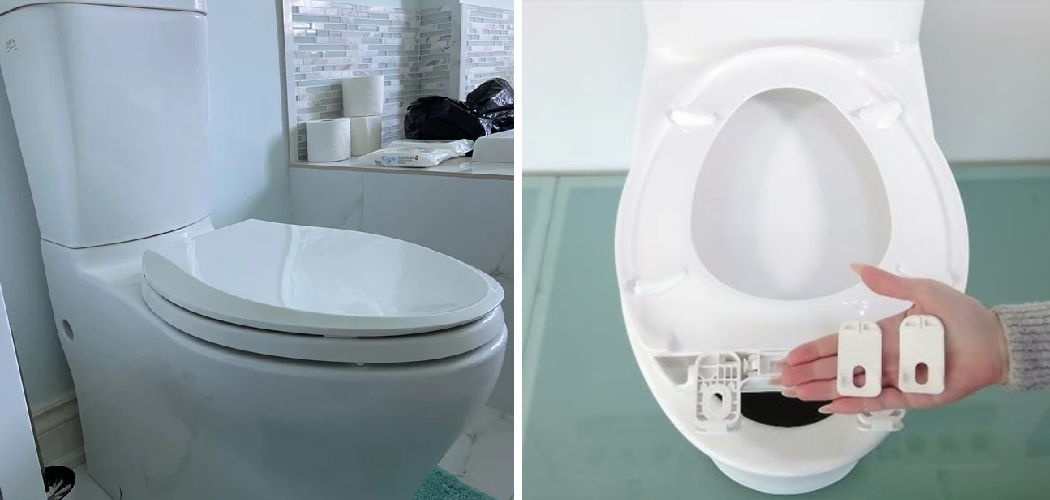How to install a one piece toilet can be intimidating, especially for those with little to no plumbing experience. However, with the right tools and instructions, you can successfully install a one-piece toilet in your bathroom.
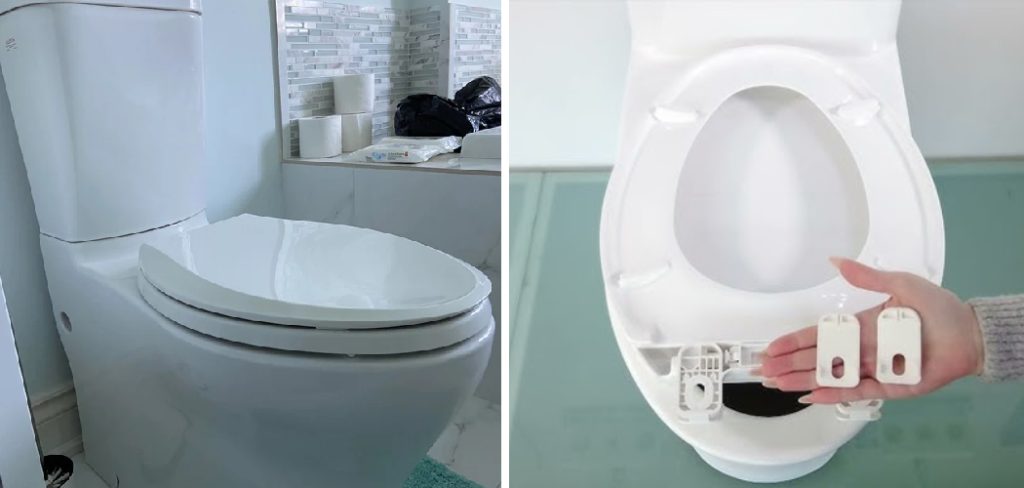
Materials Needed
Before you begin the installation process, make sure you have all the necessary materials on hand:
- One-piece toilet (with bolts and wax ring)
- Adjustable wrench
- Screwdriver
- Level
- Gloves
- Putty knife
- Caulk gun and caulk
12 Steps on How to Install a One Piece Toilet
Step 1: Prepare the Area
Before installing a one-piece toilet, you need to make sure that the area is prepared for installation. This involves removing the old toilet (if there was one) and thoroughly cleaning the area where the new toilet will be placed.
Step 2: Assemble the Toilet
Most one-piece toilets come pre-assembled, but if yours is not, carefully follow the manufacturer’s instructions to assemble them before proceeding with the installation process. So, make sure that you have all the necessary parts before starting.
Step 3: Turn Off the Water Supply
Before removing the old toilet or installing the new one, turn off the water supply to prevent any unexpected leaks or floods. Even if you are just replacing an old toilet, it’s always a good idea to turn off the water supply before starting.
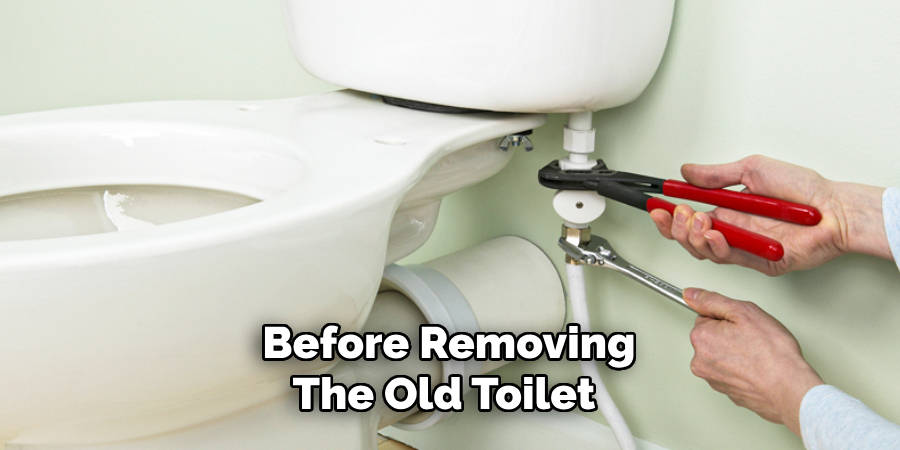
Step 4: Remove the Old Toilet
If there was already a toilet in place, use gloves and a putty knife to remove any old wax or debris from the previous installation. Then, carefully lift and remove the old toilet from its spot. Then, remove the old mounting bolts and scrape off any remaining wax from the flange.
Step 5: Install Mounting Bolts
Attach the new mounting bolts to the toilet flange. Make sure they are evenly spaced and securely attached. Evenly spaced bolts will help the toilet sit evenly and prevent leaks. As an additional precaution, you can also add the plumber’s putty or silicone around the base of the bolts for added sealant.
Step 6: Install Wax Ring
Place the wax ring onto the flange, making sure it is centered and secure. This will help create a watertight seal between the toilet and the flange. Also, make sure that the ring is not too thick, as it can prevent the toilet from sitting flush on the floor.
Step 7: Position and Secure the Toilet
Carefully lift and position the toilet over the mounting bolts and onto the wax ring. Make sure it sits evenly and securely in place. Use a level to check for any unevenness before proceeding. Then, tighten the bolts to secure the toilet in place.
Step 8: Connect the Water Supply
Reconnect the water supply by attaching a flexible hose from the shut-off valve to the fill valve on the toilet. Make sure it is properly tightened and there are no leaks. Turn on the water supply and check for any leaks.
Step 9: Install Toilet Seat
Install the toilet seat according to the manufacturer’s instructions. Most one-piece toilets come with a pre-installed seat, but if yours does not, make sure to properly attach it before use. Even tighten the bolts and check for any movement or instability.
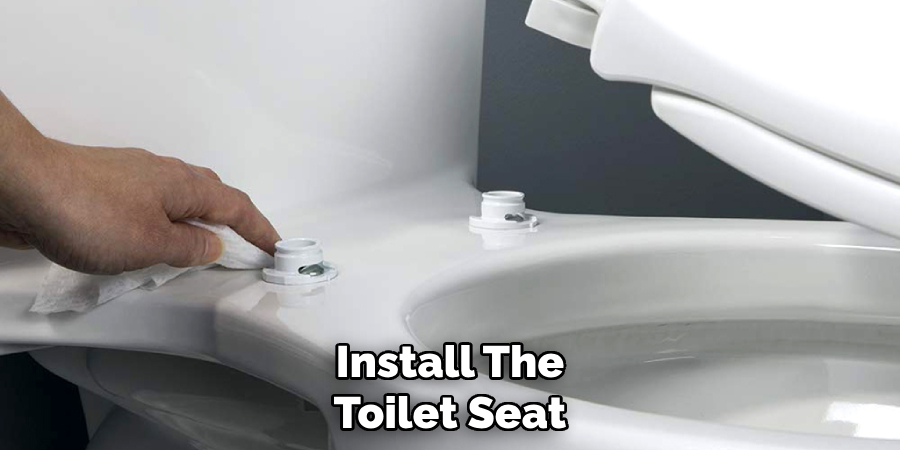
Step 10: Caulk Around the Base
Using a caulk gun, apply a thin bead of caulk around the base of the toilet to create a watertight seal between the toilet and the floor. This will also help prevent any moisture from seeping underneath the toilet.
Step 11: Test the Flush
Before using the toilet, make sure to test the flush and check for any leaks or problems. If everything seems to be in working order, you can proceed with using the toilet as normal. Then, discard the old toilet and clean up any remaining debris.
Step 12: Regular Maintenance
To keep your one-piece toilet in good working condition, it’s important to regularly check for leaks or other issues. Inspect the bolts and wax ring every few months and tighten or replace them as needed. Also, make sure to periodically clean the toilet to prevent any buildup of grime or bacteria.
Installing a one-piece toilet may seem like a daunting task, but with the right tools and instructions, it can be done successfully. Just make sure to carefully follow the steps outlined above and always consult the manufacturer’s instructions for any specific details or guidelines.
With proper installation and maintenance, your new one-piece toilet will provide years of efficient use in your bathroom.
9 Safety Measures to Keep in Mind
When installing a one-piece toilet, it’s important to keep safety in mind. Here are some safety measures to follow during the installation process:
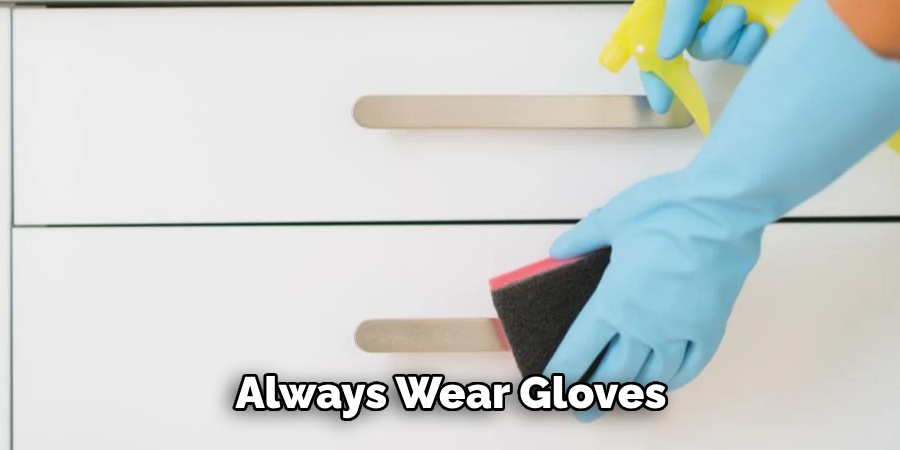
1) Wear Protective Gear
Always wear gloves and safety glasses when handling the toilet or any materials to protect your hands and eyes from any debris or chemicals. This is especially important when working with the wax ring or caulk.
2) Turn off the Water Supply
Before beginning any installation or removal of a toilet, always turn off the water supply to prevent any accidents or flooding. Then, any pressure can be released by flushing the toilet before disconnecting the water supply.
3) Use Proper Tools
Make sure to use the necessary tools for installation, such as an adjustable wrench and screwdriver. Using the wrong tools can lead to damage or injury. As an added safety precaution, make sure to use tools with insulated handles when working with electricity.
4) Lift Carefully
Toilets can be heavy and awkward to lift, so make sure to use proper lifting techniques and ask for assistance if needed. This will help prevent any strain or injury. Also, make sure to lift with your legs and not your back.
5) Handle with Care
Toilets are fragile and can easily break if mishandled. When installing or moving a toilet, be gentle and avoid dropping or banging it against any surfaces. This will also help prevent any unnecessary damage to the bathroom floor or walls.
6) Read Instructions
Always read the manufacturer’s instructions before beginning installation. This will ensure you are following the correct steps and using the proper materials. It will also help prevent any mistakes or accidents that may occur from not understanding the process.
7) Keep Children and Pets Away
During installation, make sure to keep children and pets away from the work area for their safety. They may be curious or try to help, but it’s important to keep them at a safe distance.

8) Dispose of Materials Properly
When discarding old toilets or any materials from the installation process, make sure to properly dispose of them according to local regulations. This will prevent any harm to the environment and potential injuries from broken materials.
9) Call a Professional
If at any point during the installation process you feel uncomfortable or unsure, do not hesitate to call a professional plumber. They have the necessary experience and tools to safely and efficiently handle the installation for you. It’s always better to be safe than sorry when it comes to home repairs.
Following these safety measures on how to install a one-piece toilet can help ensure a smooth and accident-free installation of your one-piece toilet. Always prioritize safety and take your time to properly install and maintain your new toilet for years of use.
So, these are the general steps to follow while installing a one-piece toilet in your bathroom. Make sure to keep these instructions in mind and consult the manufacturer’s guidelines for specific details or precautions.
8 Things to Avoid During Installation
While installing a one-piece toilet, there are certain things that should be avoided to ensure a successful and safe installation process. Here are 8 things to avoid:
1) Using Too Much Force
When tightening bolts or connecting pipes, it’s important to use just enough force to secure them in place. Using too much force can cause damage or breakage, leading to potential leaks or other issues.
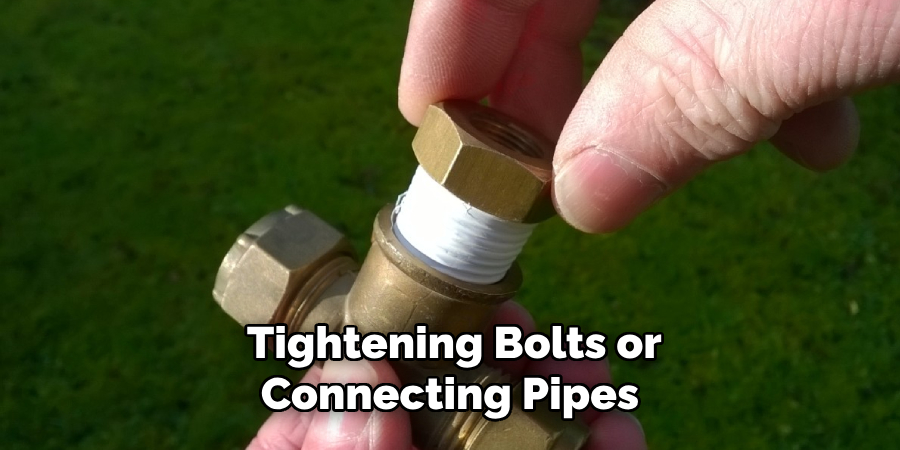
2) Not Properly Aligning the Toilet
It’s crucial to properly align the toilet with the bolts on the floor before securing it. If not aligned correctly, this can cause instability and uneven pressure, resulting in leaks or cracks over time.
3) Over-tightening Bolts
While it’s important to secure bolts in place, over-tightening them can cause damage or cracks in the toilet or floor. Use just enough force to keep the toilet stable without putting too much pressure on the bolts.
4) Forgetting to Put Down a Rag
Toilets are heavy and have sharp edges that can scratch or damage your bathroom floor. Before installing, make sure to put down a rag or towel to protect the floor and prevent any accidents. When removing an old toilet, use caution and place it on a soft surface.
5) Using Old Wax Rings
Wax rings are used to create a seal between the toilet and the floor. It’s important to use a new wax ring for each installation, as reusing an old one can lead to leaks or odors. As an extra precaution, consider using a rubber gasket or foam ring for added sealing.
6) Using Incorrect Materials
Make sure to use the correct materials specified by the manufacturer, such as bolts and washers. Using incorrect materials can lead to improper installation and potential issues in the future. If unsure, consult the instructions or a professional for guidance.
7) Not Leveling the Toilet
A level toilet is essential for proper functioning and to prevent any leaks or damage. Use a carpenter’s level to ensure the toilet is even on all sides before securing it in place. Keep adjusting until it is perfectly level.
8) Rushing the Installation
Taking your time and following all necessary steps is crucial to a successful installation. Rushing can lead to mistakes or accidents that could have been avoided. Take breaks if needed, and make sure to double-check each step before moving on.
By avoiding these things during installation, you can ensure a safe and long-lasting one-piece toilet in your bathroom. Remember to prioritize safety and take your time for a successful installation process.
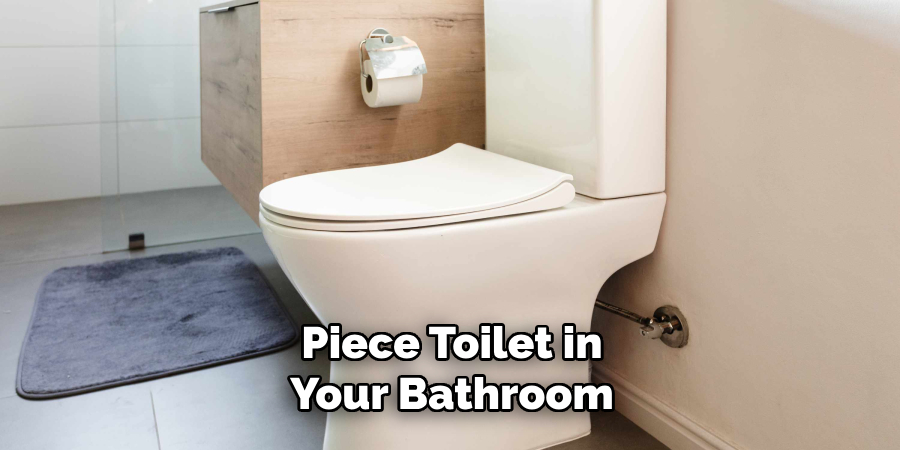
Overall, installing a one-piece toilet can seem intimidating at first, but with the proper tools, precautions, and patience, it can be a straightforward task.
By following these guidelines and avoiding common mistakes, you can successfully install a new toilet in your bathroom and enjoy its benefits for years to come. So, don’t be afraid to take on this DIY project and create a more efficient and modern bathroom space.
8 Additional Tips for Maintaining Your One-Piece Toilet
After successfully installing your one-piece toilet, it’s important to properly maintain it for optimal functionality and longevity. Here are 8 additional tips for maintaining your one-piece toilet:
1) Regular Cleaning
Regularly cleaning your toilet with a mild cleaner or vinegar solution can prevent buildup and bacteria growth. Avoid using harsh chemicals that can damage the toilet’s surface. Soak the inside of the bowl with a cleaner for a few minutes before scrubbing and flushing.
2) Check for Leaks
Periodically check for any leaks or cracks by inspecting the area around the base of the toilet, as well as underneath the tank. If you notice any water or dampness, it’s important to address it immediately to prevent further damage.
3) Don’t Flush Non-Flushable Items
Only flush human waste and toilet paper down the toilet. Flushing non-flushable items, such as feminine products or wipes, can damage the toilet’s plumbing and lead to clogs and backups. Other items, like hair or dental floss, can also get caught and cause issues.
4) Adjust Water Level
If the water level in your toilet seems too high or low, you can adjust it by adjusting the fill valve. This will ensure proper flushing and prevent any overflows. Even small adjustments can make a big difference.
5) Address Any Loose Parts
If you notice any loose parts or bolts, make sure to tighten them as soon as possible. Loose components can lead to instability and leaks over time. Keep an eye out for any unusual noises or movements while using the toilet.
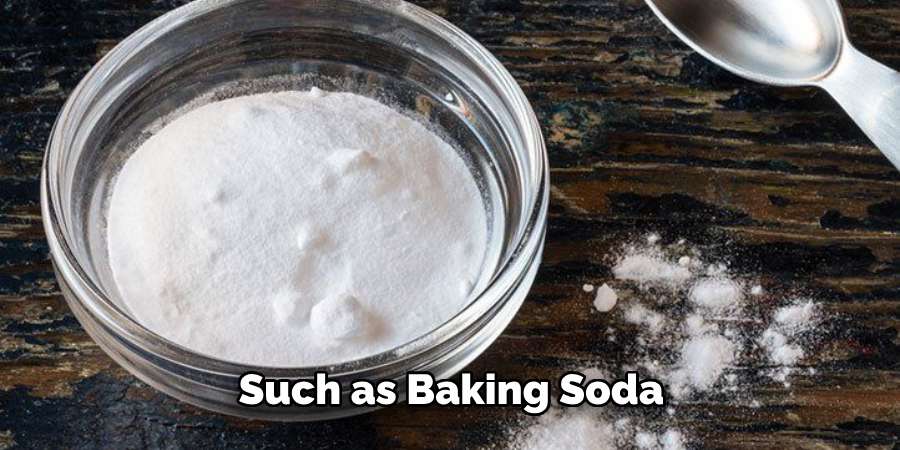
6) Avoid Placing Heavy Objects on the Tank
The tank of a one-piece toilet is not meant to support heavy objects. Avoid placing anything on top of it, as this can cause cracks or damage. If you need extra storage, consider adding shelves or a cabinet nearby instead.
7) Use Toilet Fresheners Sparingly
While toilet fresheners can help keep your bathroom smelling fresh, using them too often can cause buildup and damage the toilet’s surface. Consider using natural options, such as baking soda or essential oils, in between cleanings.
8) Schedule Regular Maintenance
To ensure your one-piece toilet is functioning properly, consider scheduling a professional maintenance check every year or two. This can help identify any potential issues and prevent them from becoming larger problems down the line.
Overall, by following these tips on how to install a one-piece toilet and taking proper care of your one-piece toilet, you can enjoy a clean, efficient, and long-lasting bathroom fixture. So go ahead and confidently tackle that DIY installation, knowing that with the right maintenance, your toilet will serve you well for years to come!
Frequently Asked Questions
Can I Install a One-piece Toilet by Myself?
Yes, with the right tools and precautions, installing a one-piece toilet can be a straightforward DIY project. However, if you are unsure or uncomfortable with the process, it’s always best to consult a professional for assistance.
How Often Should I Clean My One-Piece Toilet?
It’s recommended to clean your one-piece toilet at least once a week using a mild cleaner or vinegar solution. However, the frequency may vary depending on usage and personal preference.
Is There Anything I Can’t Flush Down a One-Piece Toilet?
It’s important to only flush human waste and toilet paper down a one-piece toilet. Avoid flushing non-flushable items, such as feminine products or wipes, to prevent damage and clogs.
How Do I Know If My One-Piece Toilet Is Leaking?
If you notice any water or dampness around the base of the toilet or underneath the tank, it’s a sign that your one-piece toilet may be leaking.
It’s important to address this issue immediately to prevent further damage.
How Can I Adjust the Water Level in My One-Piece Toilet?
To adjust the water level in your one-piece toilet, you can adjust the fill valve. This is usually located on the left side of the tank and can be adjusted by twisting it clockwise or counterclockwise.
When Should I Schedule Maintenance for My One-Piece Toilet?
It’s recommended that you schedule a professional maintenance check for your one-piece toilet every year or two.
This can help identify potential issues and prevent them from becoming larger problems down the line. Overall, it’s important to regularly clean and maintain your one-piece toilet to ensure optimal functionality and longevity.
Conclusion
Installing and maintaining a one-piece toilet may seem daunting at first, but with the right tools and precautions on how to install a one-piece toilet, it can be a successful DIY project. Remember to regularly clean your toilet, check for leaks and loose parts, and avoid flushing non-flushable items.
With these tips and proper maintenance, you can enjoy a clean, efficient, and long-lasting bathroom fixture.

